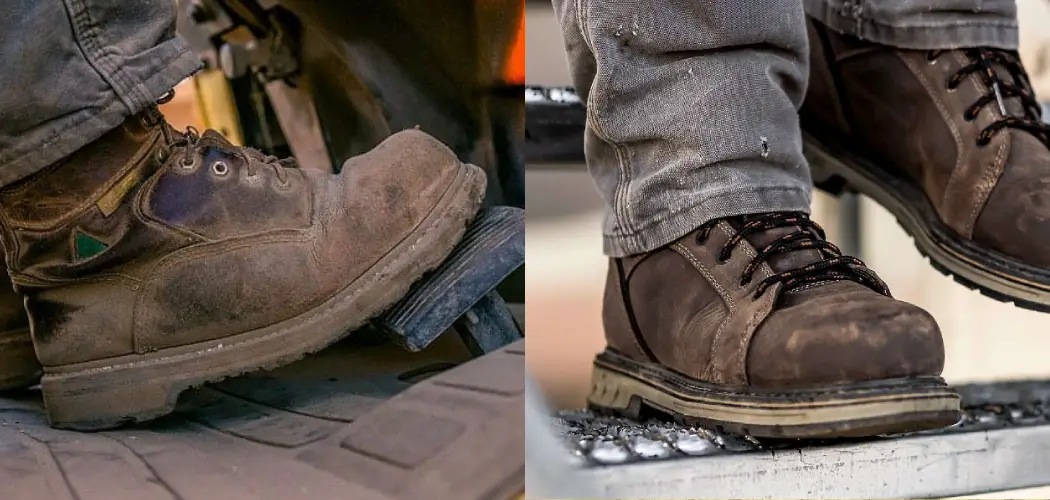If you’re like most people, you hate having to buy new shoes. Every time you do, it seems they just don’t fit quite right and end up hurting your feet. Steel toe boots are one type of shoe that can be particularly uncomfortable, especially if they’re not fitted properly. In this post, we’ll show you how to stop steel toe boots from hurting your feet so you can wear them comfortably all day long. Keep reading to learn more!
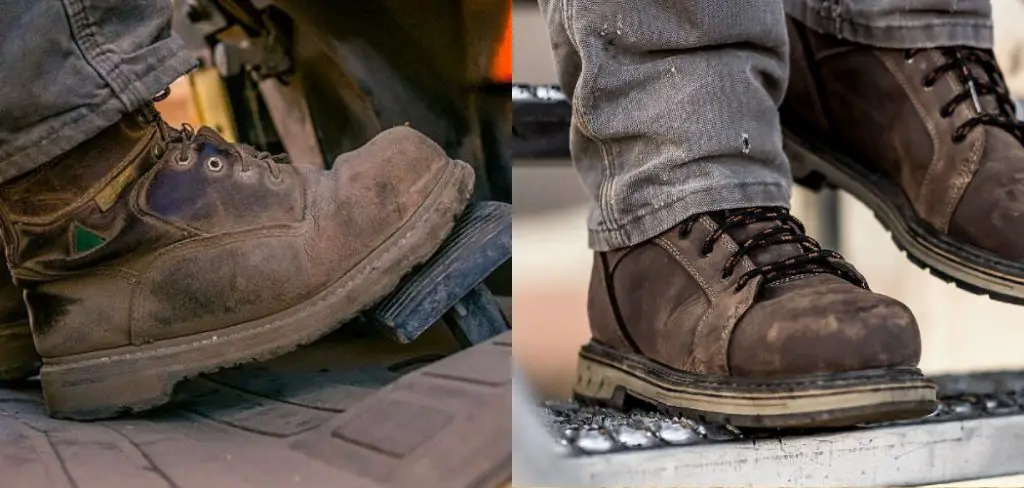
Summary: Use cushioned insoles for added comfort and support. Wear thick socks to prevent blisters and provide extra padding. Break in your boots by gradually wearing them for short periods, then gradually increasing the time. Use a protective toe cap to reduce pressure on the steel toe.
What Causes Steel Toe Boots to Hurt?
There are several reasons steel-toe boots might hurt your feet. The first is that they’re not the right size. If your boots are too big, they’ll slip around on your feet and rub against your skin, causing blisters. On the other hand, they’ll pinch your toes and make walking difficult if they’re too small.
Either way, you’ll end up with sore feet at the end of the day. Another common reason steel toe boots hurt is that they’re not broken in properly. Like any new shoe, steel-toe boots need to be broken in before they’re comfortable. The steel toe can also be uncomfortable if it’s not broken in.
Additionally, the boots may be too stiff, making them uncomfortable walking in. The other problem with new boots is that the soles are usually very hard. This can result in a lot of pain in your feet, especially if you’re standing or walking on hard surfaces all day. Lastly, the laces on steel-toe boots are often very thick and can rub against your skin, irritating.
Why Is It Important to Wear Steel Toe Boots?
Despite the discomfort, it’s important to wear steel-toe boots if you’re working in a job that requires them. They protect your feet from falling objects, sharp tools, and other hazards that can cause serious injury. In addition, if you’re not used to wearing them, it’s important to take the time to break them in and get used to them. Otherwise, you could be putting yourself at risk while wearing them.
Another reason to wear steel-toe boots is that they’re often required by law in certain professions. For example, if you’re working in construction, you’re required to wear them to protect yourself and others from potential injuries. Additionally, many employers require their employees to wear steel-toe boots as a condition of employment. Finally, you may prefer the look of steel-toe boots over other footwear.
10 Ways How to Stop Steel Toe Boots From Hurting:
1. Wearing the Right Size
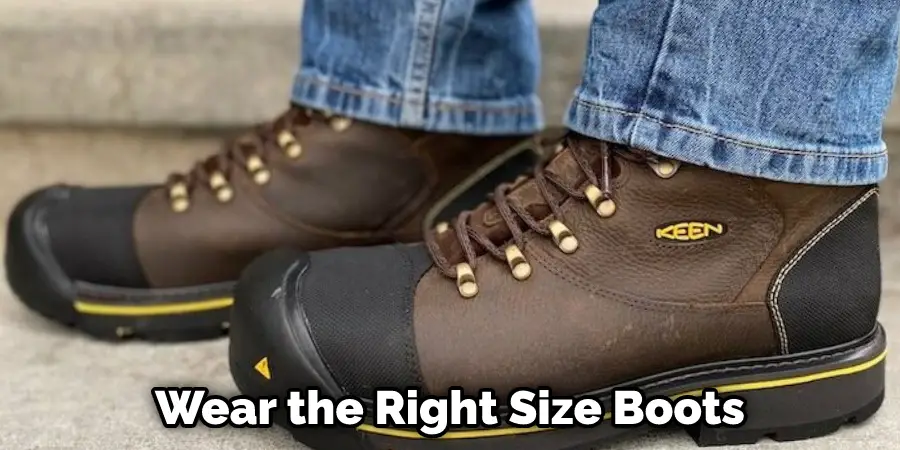
The first and most important step in stopping steel-toe boots from hurting is to make sure you’re wearing the right size. Boots that are too big will slip around and rub against your skin, while boots that are too small will pinch your toes and make walking difficult. Try on a few different pairs of boots until you find the perfect fit. If you’re unsure of your size, you can always consult a professional to get fitted for the right pair of boots.
2. Breaking Them In
All new shoes need to be broken in before they’re comfortable, and steel-toe boots are no different. The key to breaking in your new boots is to wear them for short periods at first. Start by wearing them for an hour or two, and then gradually increase the amount of time you wear them each day. After a week or two, your boots should be broken in and much more comfortable. Try wearing them around the house or on short walks before you commit to wearing them all day long.
3. Wearing Thick Socks
Wearing thick socks can help to cushion your feet and prevent rubbing and irritation. Additionally, thick socks will help to keep your feet warm in cold weather. If you’re working in a cold environment, make sure to wear socks that are made of warm materials such as wool. If you’re working in a hot environment, choose socks that are made of breathable materials such as cotton. Avoid wearing socks that are made of synthetic materials such as polyester, as they can make your feet sweat and cause irritation.
4. Applying Moleskin to Problem Areas
Moleskin is a soft, padded material that can be found at most drugstores. It’s often used to prevent blisters and relieve pain from rubbing and chafing. If you’re having problems with your steel toe boots rubbing or chafing your skin, try applying a small piece of moleskin to the affected area.
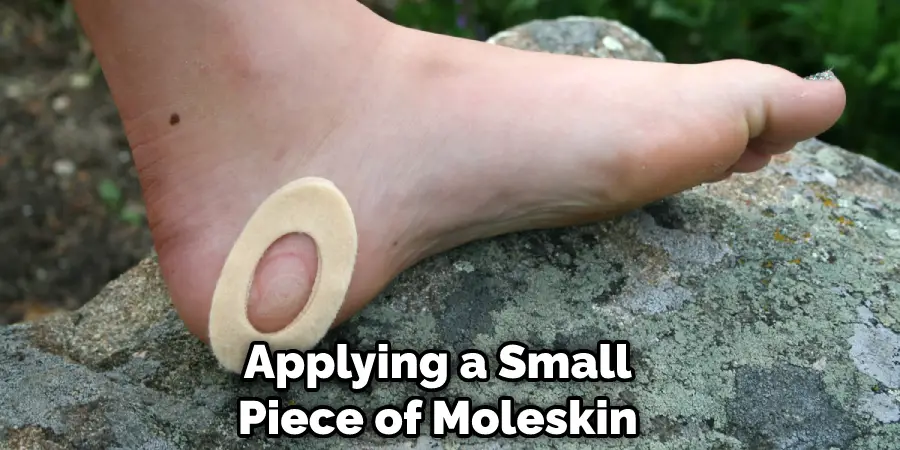
First, cut a small piece of moleskin to fit the area. Next, remove the adhesive backing and apply the moleskin to your skin. Finally, smooth out any wrinkles or bubbles and allow the moleskin to dry. You can also use moleskin to prevent blisters by applying it to areas that are prone to rubbing.
5. Using a Shoe Horn
If you’re having difficulty getting your steel-toe boots on, try using a shoehorn. A shoe horn is a long, thin piece of plastic or metal that can help you easily slide your foot into your boot. It’s especially helpful if you’re wearing tall boots or boots with a narrow opening. To use a shoe horn, insert the thin end into the back of your boot. Next, place your foot into the boot and use the shoe horn to push your foot all the way in. Once your foot is in, you can remove the shoe horn and proceed to lace up your boot.
6. Lacing Them Properly
Lacing your steel-toe boots properly can help to prevent discomfort and improve the fit of your boots. Start by threading the laces through the bottom set of eyelets. Next, criss-cross the laces up the boot and thread them through the next set of eyelets. Repeat this process until you reach the top of the boot.
Once you reach the top, tie the laces in a double knot to secure them. Make sure the laces are tight, but not so tight that they’re uncomfortable. You should be able to fit one finger between the lace and your skin.
7. Loosening the Laces During the Day
If your feet start to hurt while you’re wearing your steel-toe boots, try loosening the laces. This will help to relieve pressure on your feet and allow them to breathe. Start by loosening the laces at the top of the boot. Next, loosen the laces in the middle and at the bottom. Once the laces are loosened, you can tie them in a knot or bow to keep them from coming undone. If you need to, you can also remove your boots and socks to give your feet a break.
8. Using an Insole
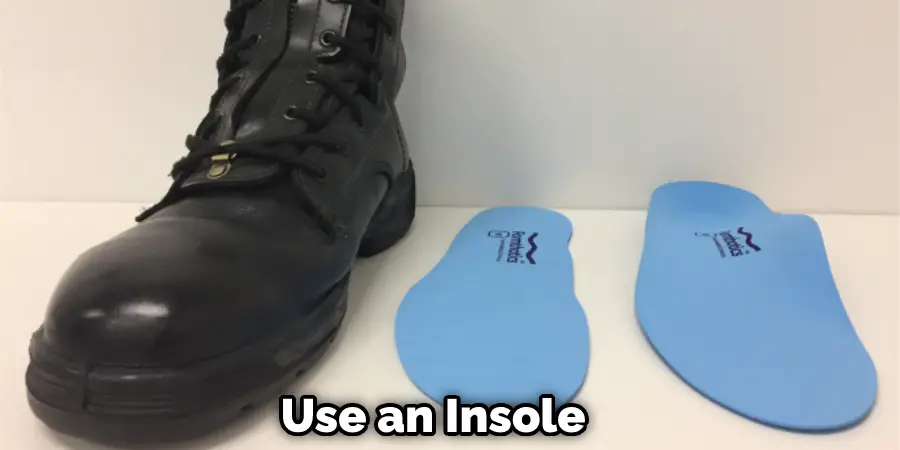
If your steel-toe boots are still causing discomfort, try using an insole. An insole is a thin piece of foam that you insert into your boot to improve the fit and cushion your foot. You can usually find insoles at drugstores or shoe stores. Start by removing the existing insole, if there is one, from your boot. Next, place the new insole into the boot and ensure it’s positioned correctly. You may need to trim the insole to fit your boot if it’s too big. Finally, replace the boot’s existing insole and lace up your boot.
9. Accessorizing Your Boots
While steel-toe boots are designed for safety and durability, you can still accessorize them to suit your personal style. For example, you can add boot cuffs or fur-lined laces to keep your feet warm in the winter. You can also find steel-toe boots in various colors and materials, so you can choose a pair that matches your personality. No matter how you choose to style your steel-toe boots, remember that, safety should always come first.
10. Customizing Your Boots
If you can’t find a pair of steel-toe boots that fit your needs, you can always have a pair custom-made. Custom-made boots will be more expensive than store-bought boots, but they’ll be made to fit your feet perfectly.
When you’re custom-made boots, be sure to specify the type of materials you want, the color of the boots, and any other special features you may want. You can also have custom-made boots made to protect your feet from specific hazards, such as electrical work or chemical exposure.
Tips and Warnings on How to Stop Steel Toe Boots From Hurting:
Tips:
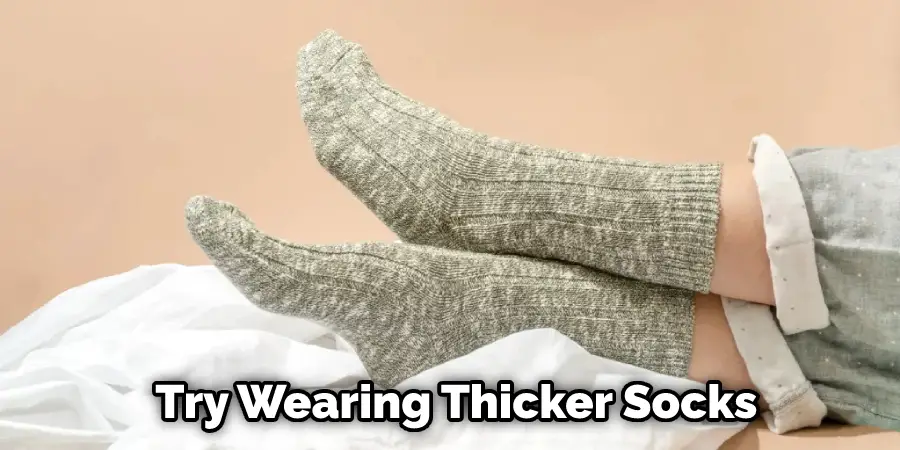
- Be sure to purchase the correct size- one that fits snugly but isn’t too tight.
- Avoid wearing them for long periods or during activities involving a lot of standing or walking.
- Try wearing thicker socks or adding an insole for extra cushioning.
- If the boots are still causing pain, consult a doctor or podiatrist.
Warnings:
- Do not ignore a pain in your feet, as this can lead to further injury.
- Do not try to “break in” steel-toe boots by wearing them for long periods while they’re still new. This will only worsen the pain.
- If the pain persists, consult a doctor or podiatrist.
Frequently Asked Questions
Why Are My Toes Hurting in Steel Toe Boots?
There are a few potential causes of toenail pain in steel toe boots. The most common is over-tightening of the boot’s laces, which can cause the nails to rub against the toe cap and eventually wear away. Additionally, the boots may not be fitted well – if they’re too tight or too large, they can push against your toes and cause pain. Finally, if you have flat feet or other feet issues, wearing steel toe boots may aggravate them further. If you’re experiencing toenail pain in steel toe boots, be sure to consult a doctor to rule out any serious underlying issues.
Why Are Steel Toes So Uncomfortable?
Steel toes are one of the more uncomfortable types of feet due to their pronounced arch. This structure is designed for walking on uneven surfaces, but in today’s world, most people wear shoes and walk on flat ground. As a result, the steel toe nails that are common in many shoes become heavily used and can cause major pain.
The extra pressure puts constant stress on the metatarsals (the bones between your toes) as well as other structures inside your foot, such as the talon (webbed area at the base of your big toe). Taloning also makes it difficult to move your toes independently which leads to increased inflammation and pain. In extreme cases, this may even lead to injury or surgery.
Is It Okay to Wearing Steel Toe Boots Everyday?
While it is possible to wear steel toe boots every day, you may want to rethink this strategy if you’re looking for optimal health. Steeltoe boots are made from metal plates that cover the toes and heel of the boot, which helps protect them from debris and other injury. However, wearing these shoes every day can increase your risk of developing chronic foot problems such as hammertoes or corns on the feet. Additionally, repetitive trauma to the feet over time can lead to arthritis. So while steel toe boots might provide some short-term protection against injury, they may not be worth the long-term health risks associated with their use.
Should Your Toes Touch the End of Your Steel Toe Boots?
It depends on your individual foot size and shape. Some people feel more comfortable wearing their boots with the toes touching the end of the steel toe while others find that this position creates discomfort. Ultimately, you need to experiment a bit and find what position works best for you.
Conclusion
So there you have it- a few tips on how to stop steel toe boots from hurting. By following these tips, you can wear your steel-toe boots without pain. We hope you found this information helpful and that you can now enjoy your steel-toe boots! Thank you for reading.

